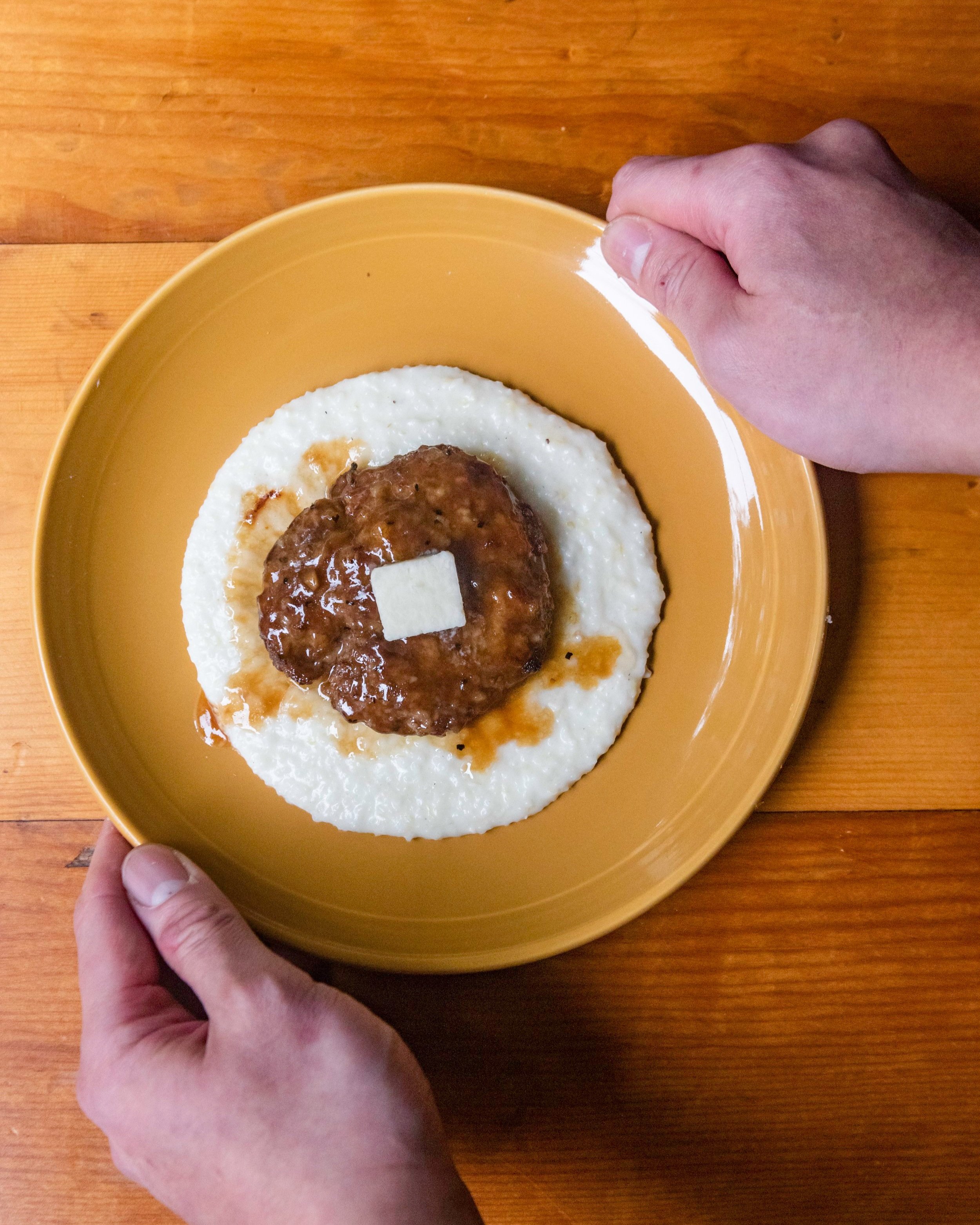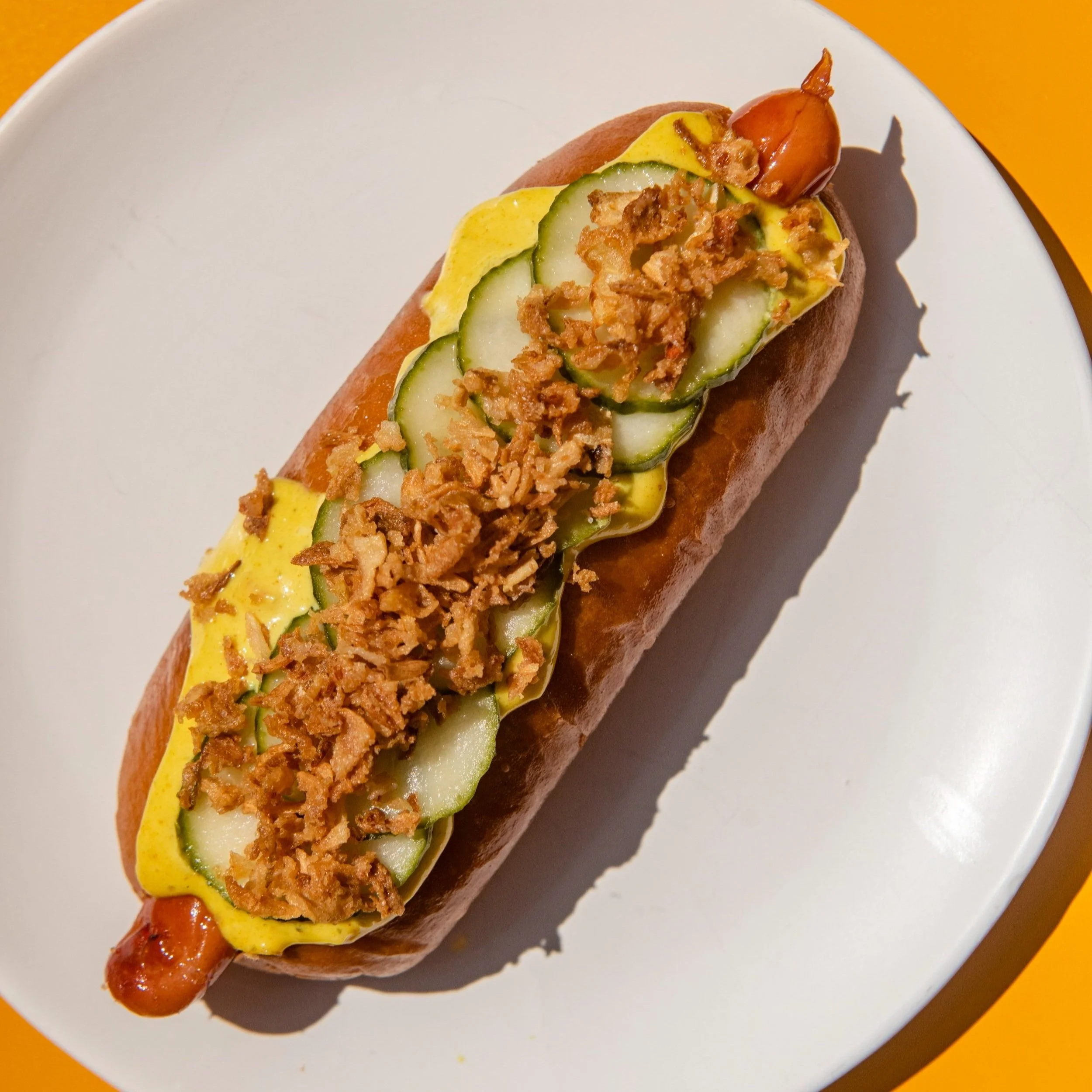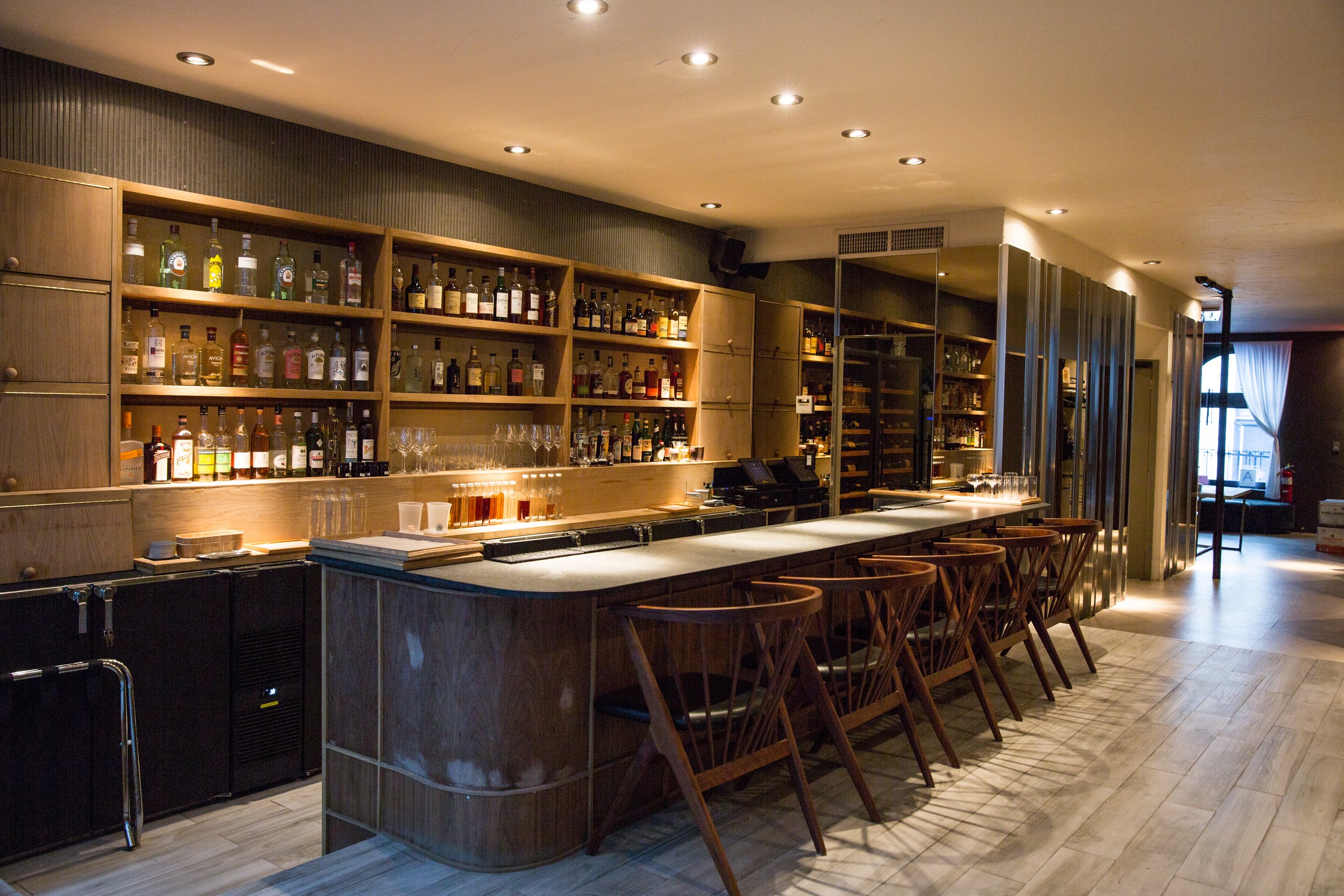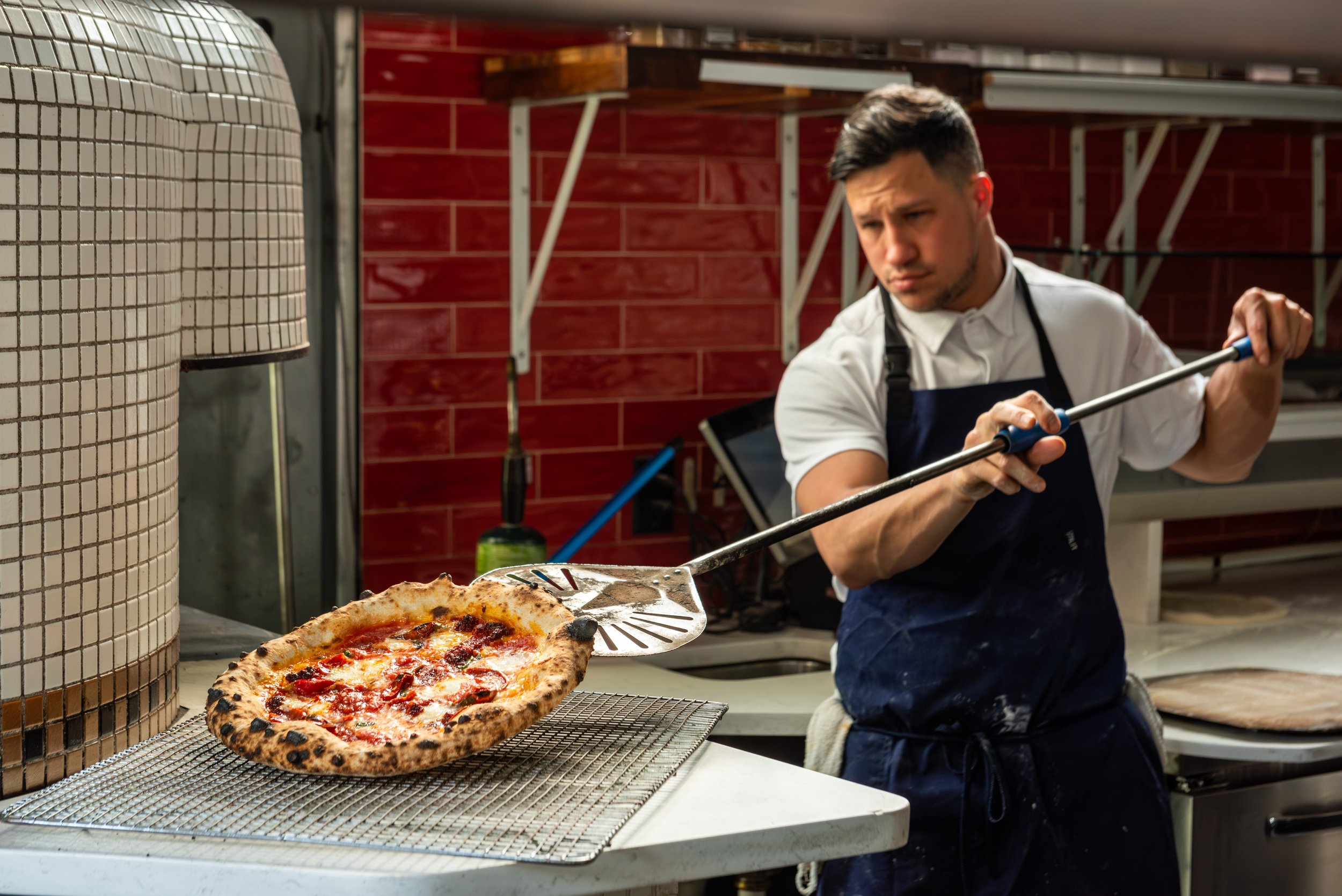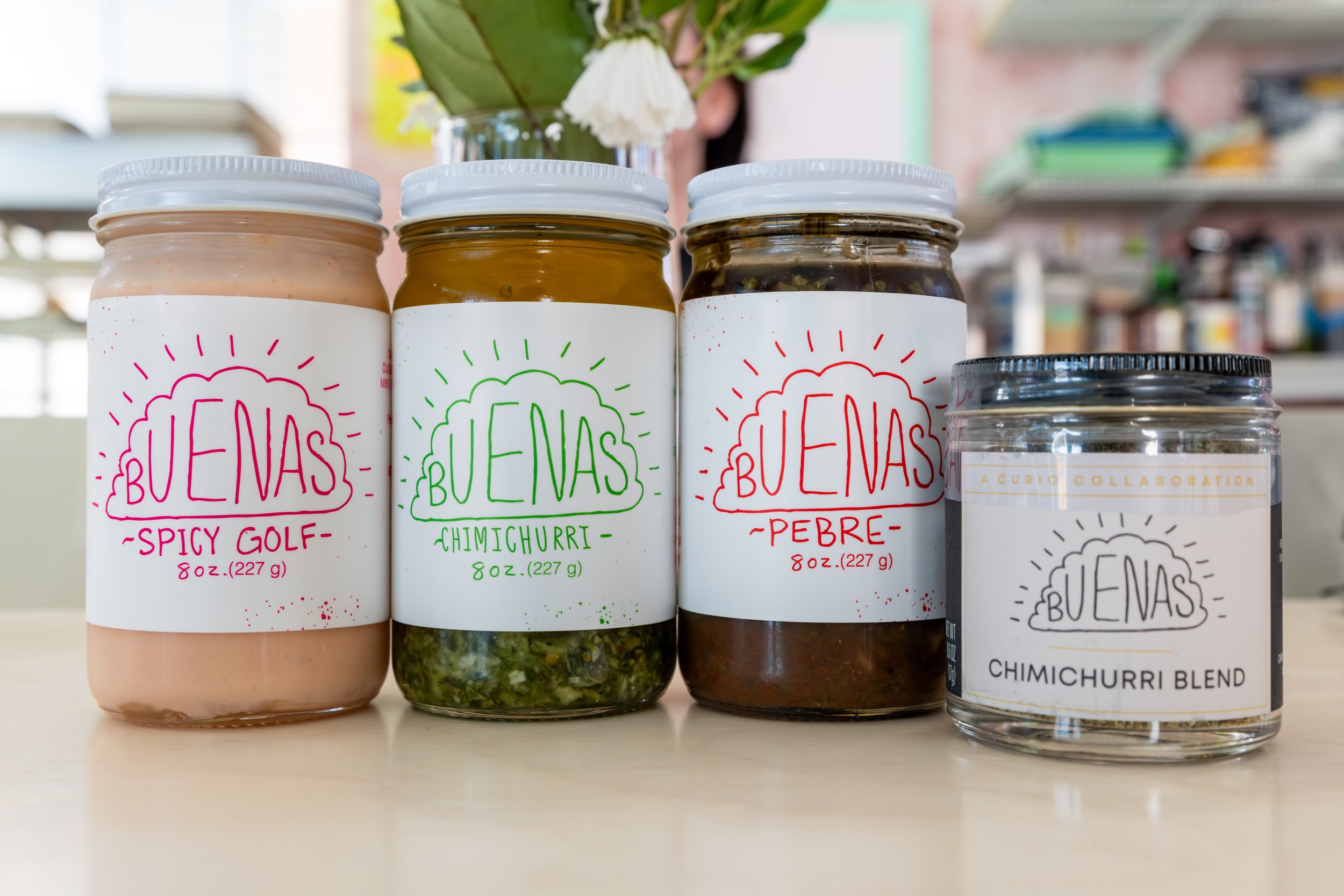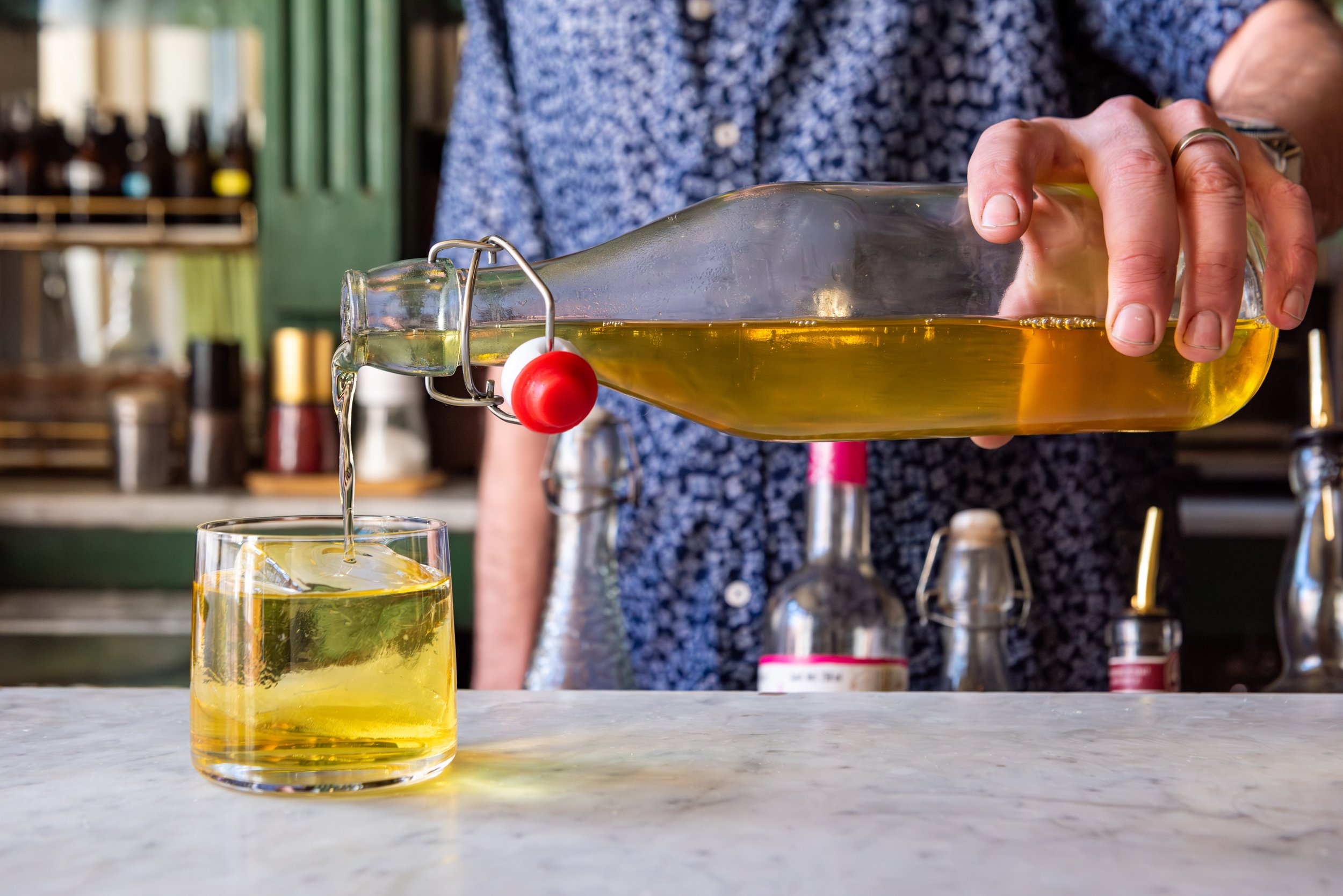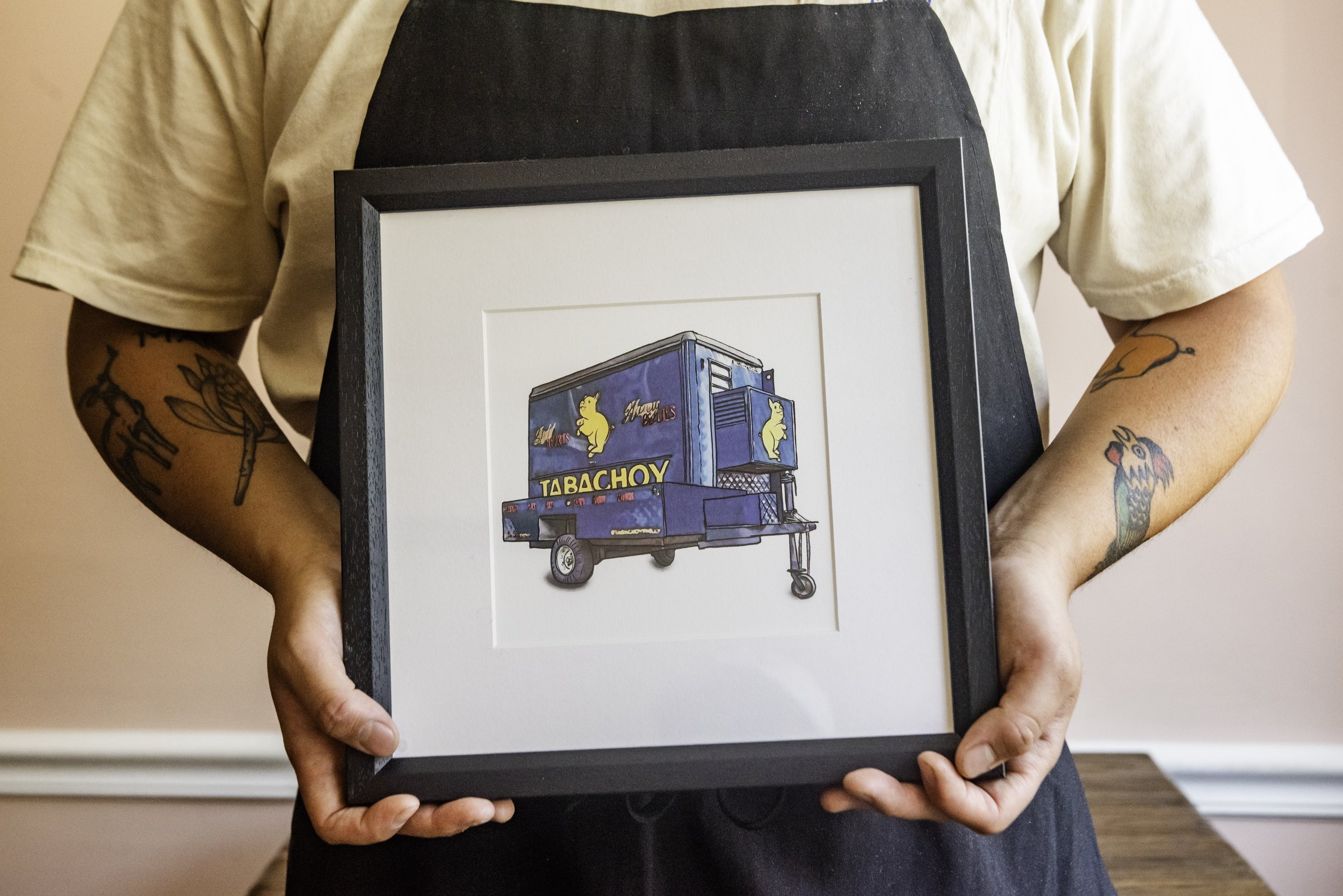New York's Fine Dining Diaspora
Chefs in New York City are ditching formal service for their own neighborhood concepts while banking on their fine dining experience.
In the early stages of the COVID-19 lockdown, the future of fine dining was becoming more and more questionable by the day. Some chefs saw this as an opportunity to pivot and execute on their own visions within a new genre of dining: the high-achieving neighborhood restaurant more open in concept and rooted in their communities. Balancing approachability with creativity and lofty expectations, these restaurants have both neighborhood regulars and savvy destination diners knocking on the door.
C as in Charlie
Chef Eric JaeHo Choi spent years working at acclaimed New York City restaurants like The NoMad, learning the importance of structuring a menu with intention and how to run a tight kitchen. As time went by, however, the chef felt like something was missing. “My identity is Korean, but the structure of the culinary world is European,” says Choi. Eager to share his perspective on Korean American cooking, JaeHo Choi opened C as in Charlie in Manhattan’s NoHo alongside his brother, Steve Choi, and their childhood friend, David Yun. The cozy neighborhood restaurant serves Southern-inspired Korean tapas—a nod to the trio’s Korean heritage and their years growing up in Atlanta. JaeHo Choi’s culinary resume is evident in the restaurant’s technical, but playful, dishes. Each dish has a story, like his Seoul’sbury Steak with short rib and Gruyère grits, inspired by the dishes his parents made using leftover beef patties from their restaurant. JaeHo Choi hopes to encourage aspiring Asian chefs to pursue a career in cooking. “It’s not about money. It’s about spreading our culture. A lot of Asians in the industry don’t see this as a career.”
Cafe Spaghetti
Chef Sal Lamboglia has neighborhood Italian restaurant in his DNA. When his father immigrated from Italy in the 1970s, he took a job at Angelo’s on Mulberry Street, working there for over 15 years. Lamboglia took a different path. After graduating from culinary school, he began working with Chef Andrew Carmellini, eventually helping open several of his fine dining concepts, including Locanda Verde and Bar Primi. But that neighborhood red sauce joint was always in the back of Lamboglia’s mind. In 2022, he finally opened his own restaurant, Cafe Spaghetti, bringing his Manhattan experience to Red Hook. “The name Cafe Spaghetti is meant to be playful and fun, which is how I am, but we still take this super seriously,” says Lamboglia. At Cafe Spaghetti, Lamboglia serves large plates of meticulously crafted pasta, however, it’s his Spiedini alla Romana, inspired from an appetizer that his father used to make at Angelo’s, that really embodies the concept. “When people see it on the menu, they think it’s just white bread and mozzarella. But when they eat it, they understand.” House-made mozzarella is sandwiched between two pieces of white bread, breaded, fried, and smothered in tomato sauce, then seasoned with a bit of anchovy, lemon, and butter. The dish is a damn near perfect marriage of Lamboglia’s culinary vision and resume.
Falansai
After working for Chef Andrew Zimmerman in Chicago, Chef Eric Tran relocated to New York City, spending years at various restaurants before landing a position at Blue Hill at Stone Barns. His time with Chef Dan Barber changed his outlook on food. “Blue Hill connected me with sourcing and farmers, and gave me a clear understanding of what I want to be serving.” In 2020, Tran left to take over the Vietnamese concept Falansai. Located on an unassuming street corner in Bushwick, Tran carries his Blue Hill sourcing ethos into a more approachable, casual space. His roasted 898 squash (a varietal developed at Blue Hill) served with lemongrass lamb sausage, spicy vermicelli noodles, pickles, and nuoc cham, shows Tran is embracing where he has been in his career, and is applying it to the dining format that he prefers. “The squash is cool because of the relationships I made at Blue Hill and the squash’s incredible flavor and texture. This is how I like to eat: a big table full of food. I want this restaurant to feel like I’m having people over for dinner and enjoying good company with great food and music.”
The Noortwyck
Working at any restaurant for almost six years will leave a lasting impression, especially if you are Chef Andy Quinn, who spent that time at Eleven Madison Park, and then went on to work as a private chef in the Hamptons. At his new West Village concept, The Noortwyck, Quinn aims to bring all of the techniques he has learned in his career to a much more casual setting, putting seasonality, creativity, and execution on full display while keeping prices in check. Take his grilled duck—dry-aged and lacquered with molasses and served with collard greens and stewed apricots. “Every chef that I’ve worked for has always done duck. EMP is famous for its honey-lacquered duck,” he says. “I want to be a part of a neighborhood. It’s important to us that the duck isn’t $65. If you live across the street, we want you to be able to come in and get a bowl of pasta and a glass of wine.”
Pecking House
Chef Eric Huang has worked at some of the city’s most established restaurants over the past decade, including Café Boulud, Gramercy Tavern, and Eleven Madison Park. His original plan was to one day open his own fine dining spot. “I wanted to change the narrative around Chinese food. I spent my whole childhood hearing negative things about Chinese cooking, and thought it was on me to change that,” Huang explains. When the pandemic hit, Huang thought he would have to put his dreams on hold. While cooking in his mother’s kitchen, he played around with some ingredients and created a fried chicken sandwich—a catalyst for his pandemic fried chicken pop-up, Pecking House. The pop-up started as a way to help pay the bills, but Huang was quickly overwhelmed with support and demand, and his dreams of a fine dining spot were soon put on hold and replaced with a new passion. When it came time to open the concept’s brick-and-mortar, Huang chose Brooklyn’s Park Slope neighborhood. “We wanted to open in Brooklyn because it’s so community based,” he says. Now, Huang’s fried chicken sandwich is a menu staple. Served with pineapple jam, charred cabbage slaw, dark soy caramel, and topped with a brioche bun, the sandwich is a nod to Huang’s Taiwanese roots.
SMØR
Chefs Sebastian Bangsgaard and Sebastian Perez became fast friends while working at fine dining Scandinavian restaurant, The Copenhagen in Tribeca. Looking at the city’s culinary landscape, the Danish chefs came to realize how few restaurants served the comfort food the pair had grown up eating. “Most Nordic restaurants here are fine dining, but there’s so much more to it. We sat down every single day and thought: why can’t we eat like we do at home?” Bangsgaard and Perez decided to fill the gap themselves. In 2019, they opened SMØR in the East Village, introducing New York City to the Nordic classics they missed from back home. Inspired by childhood favorites and popular Danish foods, the menu features dishes like their Toast Skagen: shrimp salad and tobiko on toasted sourdough.
Rolo’s
Chef Rafiq Salim understands the community-building power of food. After staging and working in fine dining restaurants, including an almost six-year run at Gramercy Tavern, the chef was looking for a new creative outlet. When an opportunity to open a space in Ridgewood, Queens presented itself, Salim was ready to share his experience of living and eating in New York City for the past 15 years of his life. Rolo’s was designed to be a local spot that has the power to bring destination diners in. “We get five-burger tables. That’s part of being a neighborhood restaurant, and we’ll keep that burger at $18 for as long as we can,” he says. But it’s the other dishes where Salim and his team’s creativity really shines. Take the dry-style Szechuan cabbage, inspired by late nights at Chinese restaurants and halal carts, which Salim transforms into an exciting vegetable dish. Served over a pool of halal cart-inspired white sauce, the fried-then-grilled cabbage gets doused in a Szechuan spice blend. “On my days off, all I crave is spicy Chinese food. I wanted to do this dish as a real example of that New York influence,” he says.
Sobre Masa
Chef Zack Wangeman’s Sobre Masa started with the chef missing the fresh tortillas he got back home in Oaxaca, Mexico. After attending the Culinary Institute of America, Wangeman worked the line at Per Se and Meadowood, where he dedicated himself to learning all things pastry. He fell in love with the city, but Wangeman soon realized how little he knew about Mexican food, and started to learn more about the nixtamalization process and the production of tortillas. The chef went on to open Sobre Masa in Bushwick, along with his partner Diana Montano Wangeman, where he shares his love of Mexican cooking and sells their own ingredients wholesale. “It's a big culture, and we want to share Mexico as a country, and have people be proud of where they are from—to share how diverse Mexican cuisine is, and how specialized it is.” His nopal salad with cherry tomatoes, pumpkin seeds, and fresh tostadas embodies that goal—Wangeman’s nopales are paired with their homemade tostadas, which are made using ethically-sourced corn from Mexico. “Sobre Masa is meant to be a restaurant that goes beyond our point of view. We try to be a voice for Mexican producers and their products, specifically around corn.”

